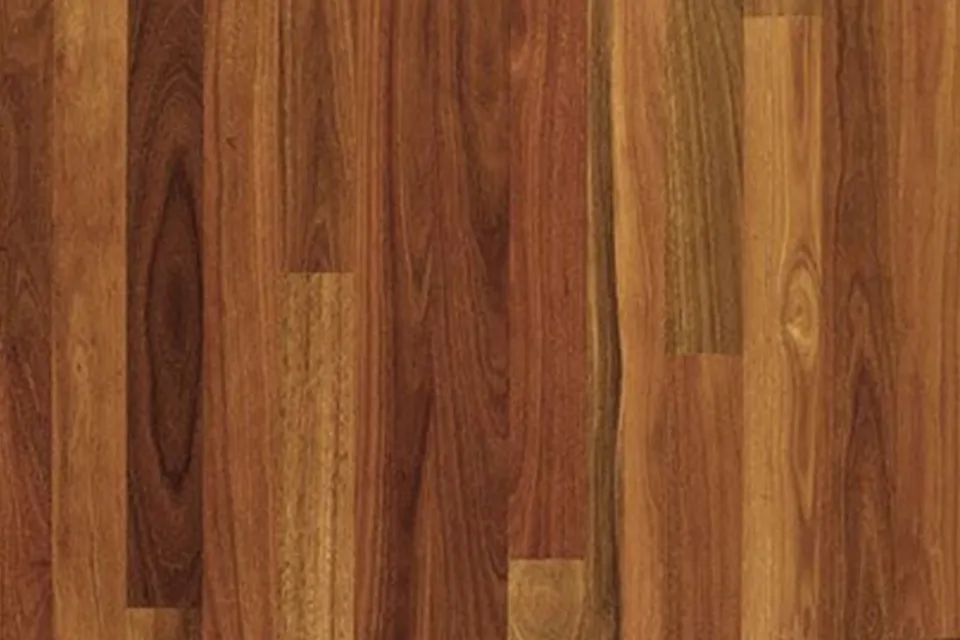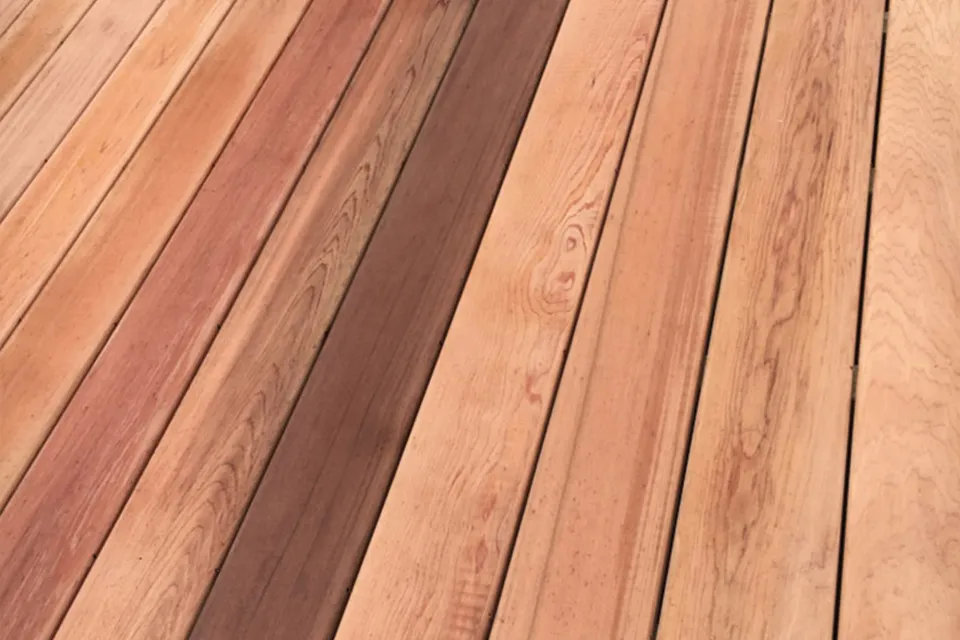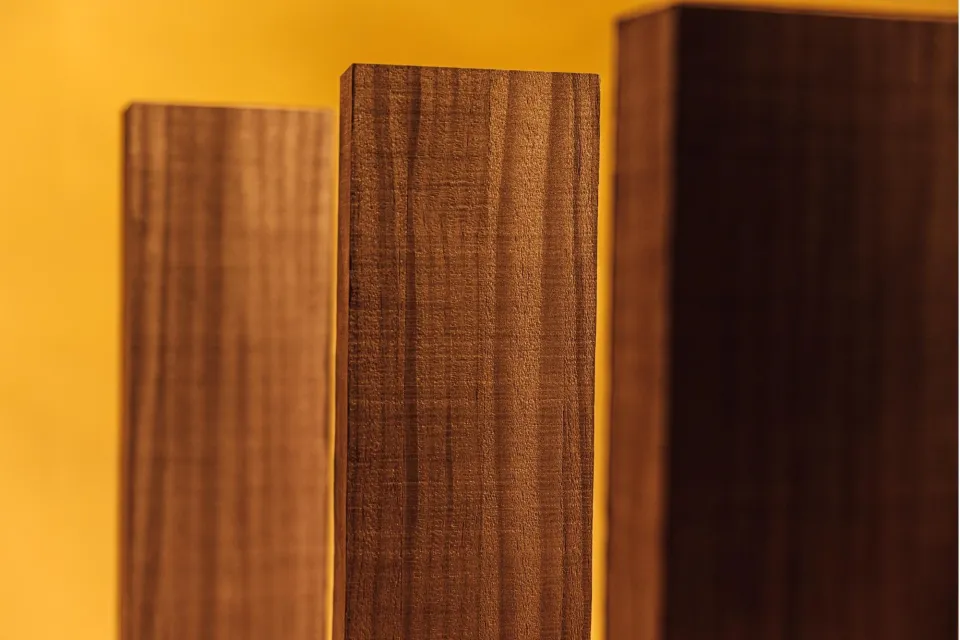-
About
-
Products
- By Timber Product
- Cladding
- Decking
- Screening
- Panelling
- View all
- By Application
- Exterior Cladding / Siding
- Exterior Rain Screen
- Interior Walls & Ceilings
- Soffits
- Screening, Fins & Battens
- Windows, Doors & Joinery
- Posts & Beams
- Accessories
- Coatings
- Fixings
-
Resources
- By Resource Type
- Technical Data Sheets
- Guides & Manuals
- Technical Articles
- Profile Drawings
- View all
- How To
- How to Specify
- How to Install
- How to Maintain
- Projects
- Contact
HOLIDAY HOURS / Our online customer service is out of office from Friday 19 Dec - Monday 5 Jan. Learn more here.
Achieving Consistent Colour Tones in Exterior Cladding
Many exterior durable timbers have significant variability in colour, so how can you achieve a consistent appearance?
Western Red Cedar (Thuja plicata), for example, can have an extreme colour range, from pale yellow to deep red – and many colours in between.
Australian hardwoods, for example Spotted Gum (Corymbia maculata), can also have significant variance in colour. The colour variations are often the result of heartwood variation due to growing conditions, location and soil.
These conditions affect relative extractives developed in the trees heartwood, and consequently it’s colour.
Many users and designers embrace these colour tones. Others require “colour sorting” to take place – where boards are sorted to a colour tone prior to use. Colour sorting is a difficult and expensive process.
Some timbers have very consistent colours tones.
Abodo’s Vulcan Cladding (Radiata pine) is an extremely consistent timber available in an almost homogenous colour range. Created by using a thermal modification process under computer controlled conditions, the chocolate brown colour of Vulcan allows for clean lines, and consistent colouration.




